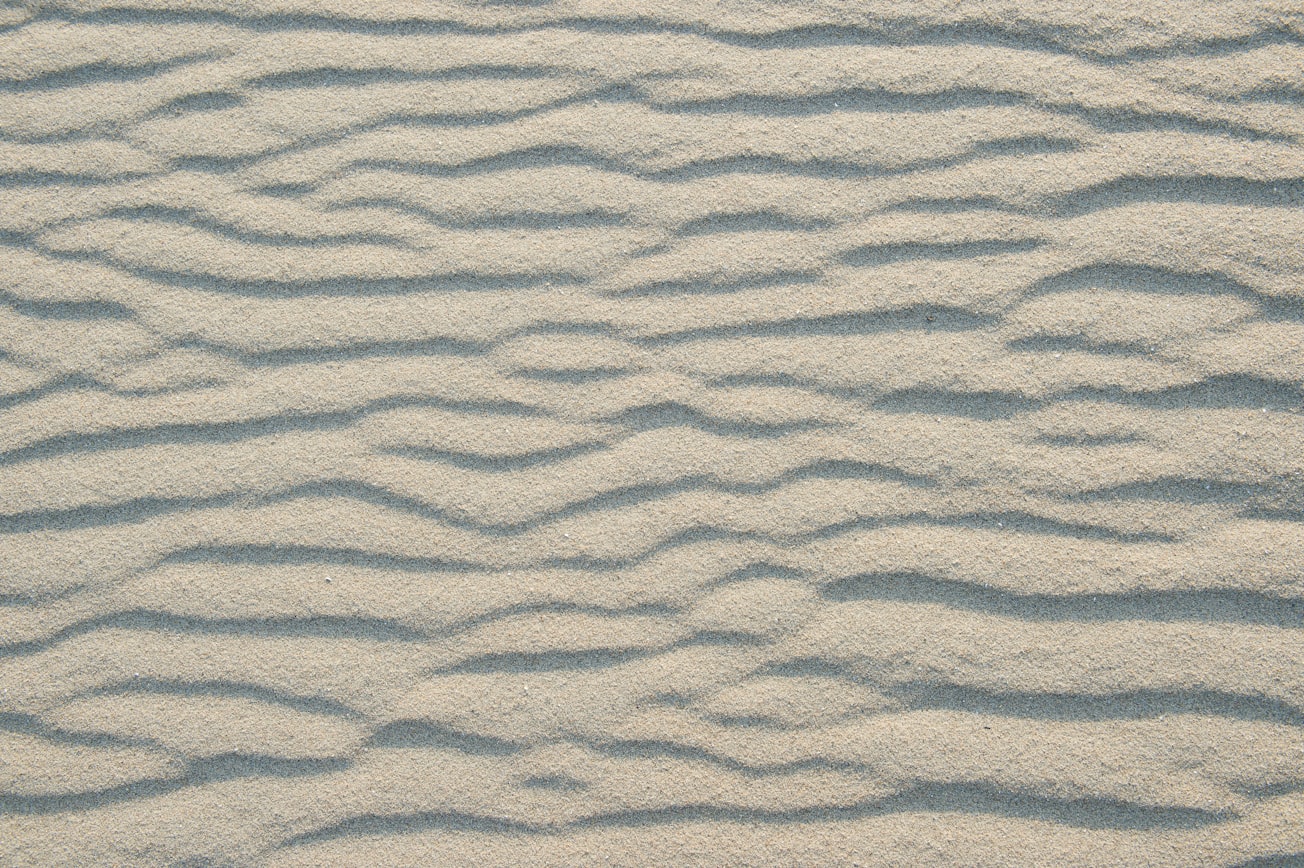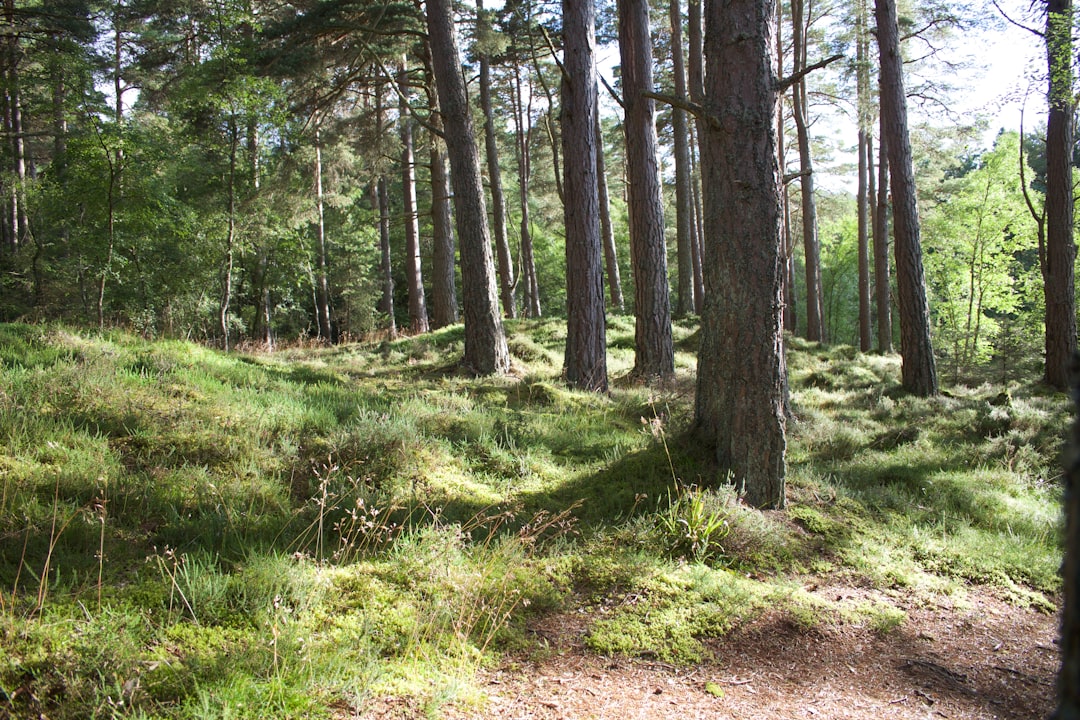What is it about?
The charge density wave (CDW) is a collection of electrons that act in concert to form standing waves resulting from their quantum wavelike properties. The paper discusses how the CDW behaves as an ordered quantum fluid, which can carry electric current in jerky fashion like water dripping from a faucet. The CDW electrons within the quantum fluid flow through barriers by quantum tunneling - somewhat like water flowing through a leaky dam rather than tunneling of a macroscopic object. The paper discusses the time-correlated soliton tunneling model, supporting experiments, and possible applications.
Featured Image

Photo by Paul Postema on Unsplash
Why is it important?
The ongoing second quantum revolution has enhanced our understanding of quantum physics and how it can be exploited to build powerful quantum computers. Superconducting quantum computers have achieved quantum supremacy for certain applications, but must be cooled to milli-Kelvin temperatures with large, expensive dilution refrigerators. CDWs have extremely high transition temperatures, large energy gaps known as Peierls gaps, and topological entities called solitons. Such properties may enable certain types of quantum information processing, more robust at higher temperatures.
Perspectives
This paper continues work I began while doing my PhD research on quantum properties of CDWs. That project is discussed in chapter 15 of the book: "True Genius: The Life and Science of John Bardeen, the Only Winner of Two Nobel Prizes in Physics." There are many reasons as to why a quantum, rather than classical, description is needed for CDWs. Perhaps the compelling is that CDWs are composed of electrons. There is overwhelming evidence proving that electrons, without exception, behave according to the laws of quantum physics.
John Miller
University of Houston
Read the Original
This page is a summary of: Quantum fluidic charge density wave transport, Applied Physics Letters, May 2021, American Institute of Physics,
DOI: 10.1063/5.0048834.
You can read the full text:
Contributors
The following have contributed to this page










